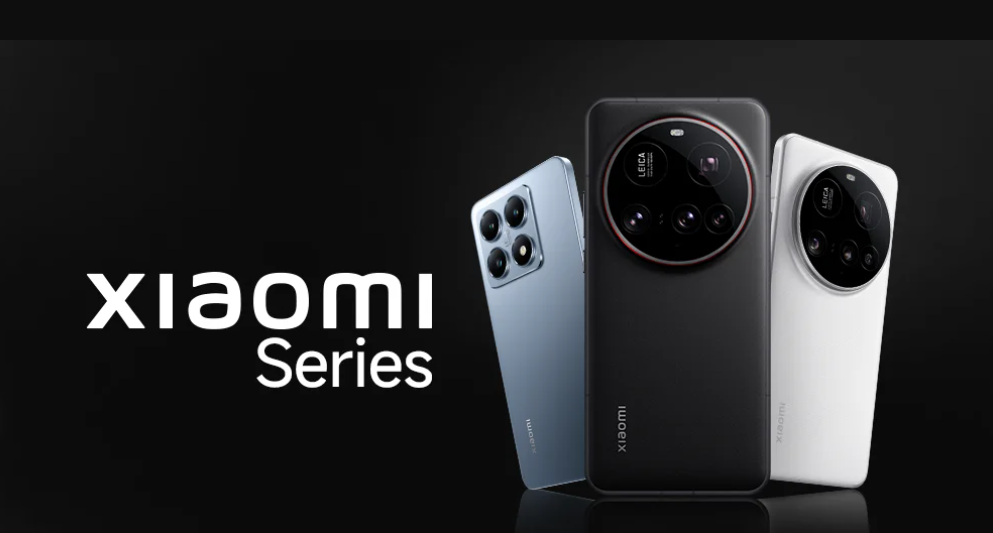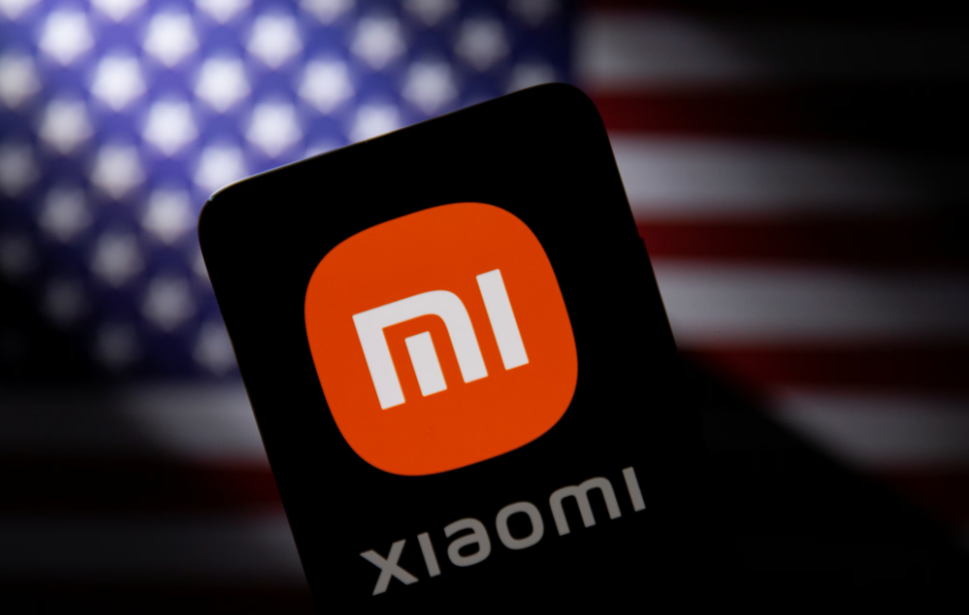Xiaomi has returned to the top of the Southeast Asia smartphone market for the first time since 2021. The brand shipped about 4.7 million phones in Q2 2025 and reached roughly a 19% market share. That momentum matters in a region where users want strong specs at fair prices and competition stays fierce all year.
Redmi value phones and Xiaomi 15 series drive premium growth
Redmi models continue to win buyers who need reliable performance on a budget. At the same time, the Xiaomi 15 series pushed the brand upmarket with better cameras, brighter displays, and faster charging.
This split strategy works: Redmi protects volume, while Xiaomi 15 lifts average selling price and brand image. POCO also added energy to the lineup, appealing to younger users who want gaming performance without paying flagship prices.
Omnichannel sales in Southeast Asia boost Xiaomi’s market share
Xiaomi didn’t rely on one channel. It expanded its own stores, deepened partnerships with telecom operators, and kept strong placement on marketplaces across the region. That mix brought the brand closer to customers in big cities and smaller towns. Better in-store demos, quick financing, and aggressive online flash sales helped convert interest into purchases.

The wider market in Southeast Asia stayed soft in early 2025 due to currency swings and careful consumer spending. Many brands saw flat or falling shipments. Xiaomi still grew by focusing on the price points that move fastest entry 5G and mid-range and by timing launches around seasonal demand, school breaks, and holiday promotions. Consistent after-sales support and spare-parts availability also improved trust, which matters for repeat buys.
Competitive landscape: Transsion, Samsung, OPPO, and vivo respond
Rivals didn’t stand still. Transsion’s Tecno and Infinix pushed hard with camera-first budget phones and long battery life. Samsung leaned on its Galaxy A series, highlighting software updates and ecosystem features. OPPO and vivo adjusted their ranges, trimming slower models and investing in hero devices. Against this field, Xiaomi’s balance of specs, price, and channel reach gave it the edge this quarter.
Shoppers in Southeast Asia care most about three things: camera quality, battery life, and charging speed. Xiaomi tuned its lineup to deliver larger sensors, night-mode improvements, and AI photo tools even at mid-range prices. Big batteries and fast charging turned short store demos into instant wins. Clear spec sheets and simple naming helped users compare models quickly.
Affordable 5G smartphones accelerate first-time upgrades
As carriers expand 5G coverage, many buyers now upgrade from older 4G devices. Xiaomi met that demand with affordable 5G options that feel faster in daily use streaming, gaming, and social video all run smoother. By keeping prices accessible, Xiaomi drew in students, first-jobbers, and families buying a second or third handset.
Xiaomi has built more AI features into its camera and system apps, so that everyday tasks such as document scanning, background blur, and voice-to-text work seamlessly right out of the box. Moreover, its wider ecosystem including watches, earbuds, TVs, robot vacuums, and smart home devices ensures that users remain connected within the brand. In addition, bundles and seasonal promotions have effectively turned phone purchases into multi-device households, further reinforcing customer loyalty and engagement.
Country-level highlights across the region
In Indonesia and Vietnam, Redmi Note models stayed best-sellers thanks to value and service center coverage. In Thailand and Malaysia, the Xiaomi 15 series pulled tech enthusiasts who wanted near-flagship performance without flagship pricing. In the Philippines, POCO’s gaming-tilted devices drew strong youth demand, especially during back-to-school promos.

Xiaomi supported launches with steady inventory and quick replenishment, limiting out-of-stock moments that drive shoppers to rivals. The brand also added more authorized service points and improved turnaround for common repairs like screens and batteries. Clear warranty terms and published parts prices gave customers confidence at the time of purchase.
what will keep Xiaomi on top in Southeast Asia
To defend its lead, Xiaomi will likely do three things: keep refreshing its entry 5G and mid-range lines on time, invest in premium camera and AI features for the Xiaomi 15 and successors, and grow its offline footprint in second-tier cities where smartphone adoption still rises. If it holds price discipline and maintains fast after-sales support, the brand can turn a strong quarter into a strong year.
Xiaomi regained number one by matching the region’s needs: good cameras, long battery life, fast charging, and fair prices wrapped in an easy buying experience online and in stores. With a balanced portfolio and better service, the company now has a solid base to build on through the rest of 2025.


 Malaysia Becomes Southeast Asia’s Top Education Hub
Malaysia Becomes Southeast Asia’s Top Education Hub